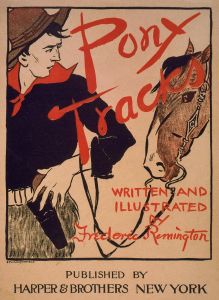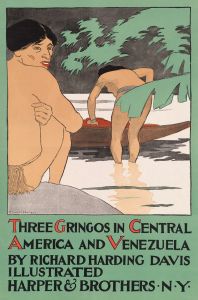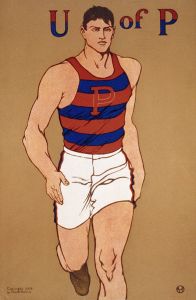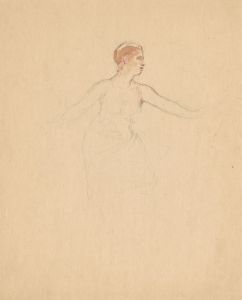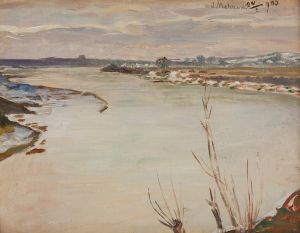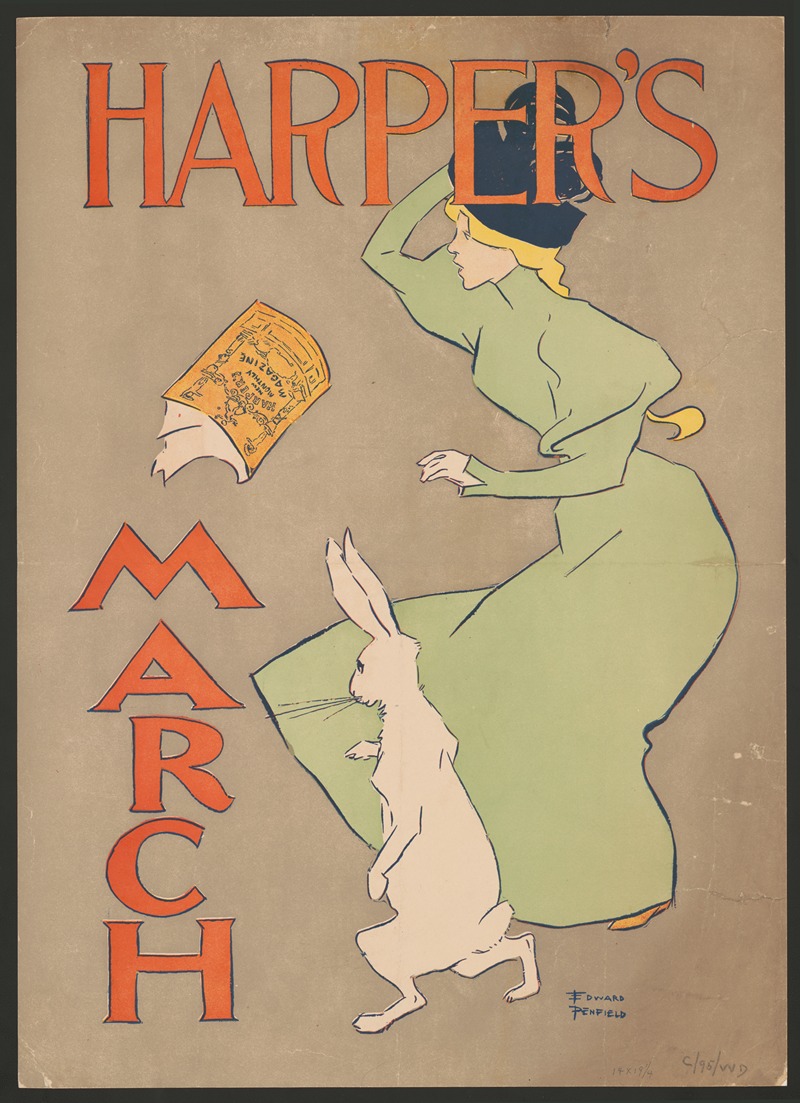
Harper’s March
A hand-painted replica of Edward Penfield’s masterpiece Harper’s March, meticulously crafted by professional artists to capture the true essence of the original. Each piece is created with museum-quality canvas and rare mineral pigments, carefully painted by experienced artists with delicate brushstrokes and rich, layered colors to perfectly recreate the texture of the original artwork. Unlike machine-printed reproductions, this hand-painted version brings the painting to life, infused with the artist’s emotions and skill in every stroke. Whether for personal collection or home decoration, it instantly elevates the artistic atmosphere of any space.
Edward Penfield was an influential American illustrator and graphic designer, best known for his contributions to the development of the poster art form in the late 19th and early 20th centuries. One of his notable works is "Harper’s March," which was created as a cover illustration for Harper’s Magazine. Penfield's work is characterized by its bold lines, flat colors, and clear, concise compositions, which were innovative at the time and helped to define the visual language of American graphic design.
"Harper’s March" is a quintessential example of Penfield's style and his ability to capture the essence of the period. The illustration reflects the Art Nouveau movement, which was popular during Penfield's time, characterized by its organic forms, flowing lines, and incorporation of natural elements. Penfield's work often featured everyday scenes and people, rendered in a way that was both accessible and aesthetically pleasing to a broad audience.
Penfield's association with Harper’s Magazine began in the 1890s when he was appointed as the art director. During his tenure, he produced a series of monthly cover illustrations that not only enhanced the magazine's visual appeal but also played a significant role in establishing its brand identity. His covers were not merely decorative; they were designed to capture the reader's attention and convey the magazine's content and tone.
"Harper’s March" would have been part of this series, reflecting the themes and interests of the magazine's readership at the time. Penfield's covers often depicted scenes of contemporary life, leisure activities, and fashionable society, aligning with the interests of Harper’s audience. His work was instrumental in elevating the status of magazine illustration to an art form in its own right, influencing future generations of illustrators and designers.
Penfield's impact on graphic design extended beyond his work with Harper’s. He was a key figure in the transition from the Victorian style of illustration to a more modern approach, emphasizing simplicity and clarity. His posters and magazine covers are considered precursors to modern advertising, demonstrating the power of visual communication in media.
In summary, "Harper’s March" by Edward Penfield is a significant piece within the context of American illustration and graphic design history. It exemplifies Penfield's innovative approach to magazine cover design and his role in shaping the visual culture of his time. His work continues to be studied and admired for its artistic merit and its contribution to the evolution of graphic design as a discipline.





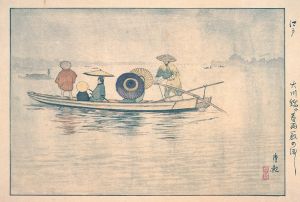
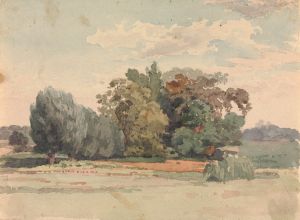
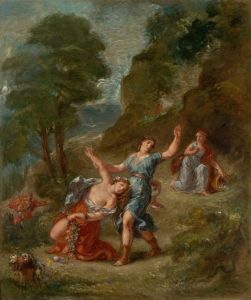
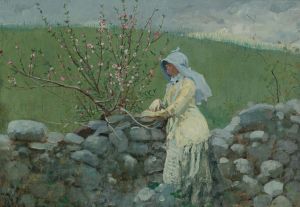
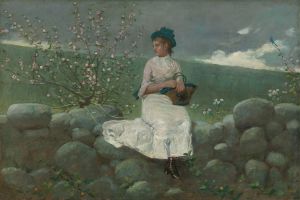
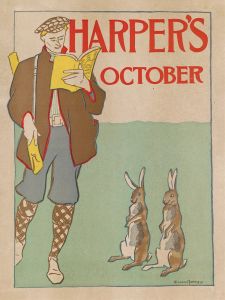
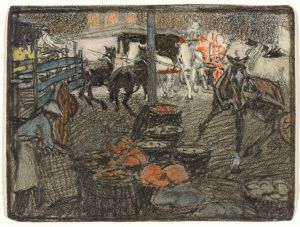
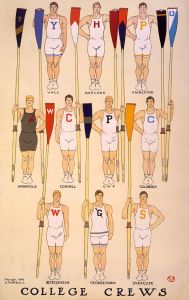
![Harper’s [for] April](/imgs/252616/s/edward-penfield-harpers-for-april-3136d679.jpg)
